But hold on, there's a complication. The Note 4 shoots at 16MP in 16:9, i.e. this is its natural output. And, the 930/1520 shoot at 5MP in 16:9, though - crucially - the underlying non-PureView, non-oversampled image is also 16MP. This means that we can still use the AAWP interactive comparator, to help you look at phone photos in 1:1 with a sweep of your mouse or pointer, with the important caveat that the 930 would much rather people used the noise-reduced, processed, 'purer' 5MP version of each photo at the end of the day. [Update: see the new part 2 of this feature for comparisons using the oversampled output.]
That's as maybe, and almost no one actually needs 16MP resolution, and certainly not in a phone photo! But although my heart says stick with the 930's 5MP output, the cold logic of day says to put the two 16MP photos head to head.

| Note that the interactive comparator below uses javascript and does need to load each pair of images. Please be patient while this page loads, if you see a pair of images above each other than you've either not waited long enough or your browser isn't capable enough! |
Test 1: Sunny landscape
Plenty of detail here in this rooftop shot. Here’s the full scene, as shot by the Lumia 930:
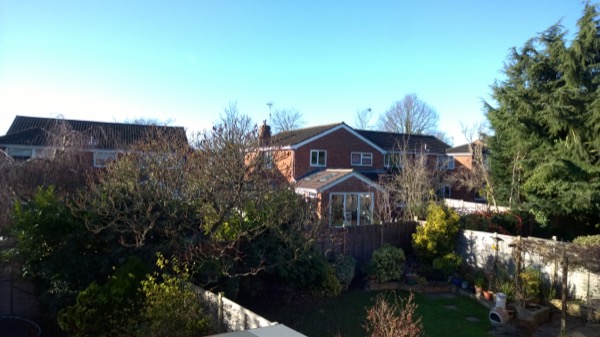
And here's 1:1 detail from near the centre of the frame, using our famed interactive comparator, just wait to make sure the page has fully loaded and then use your mouse or trackpad pointer to compare the image fragments:

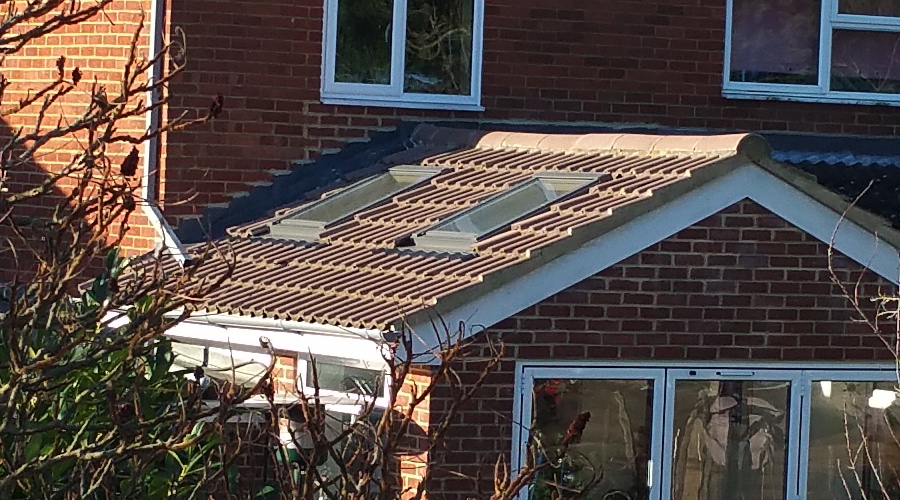
The images here are pretty close, though I do prefer the 930's detail - the Note 4's image looks a little artificial. Now, this is important, remember again that what we're looking at here is the Lumia 930's 'raw' output, i.e. before any of the default purifying/oversampling. In the same vein, both devices use CMOS BSI sensors from a similar era of technology, so I'd expect the results to be similar too. The Lumia 930's sensor is very slightly larger, but not significantly so (1/2.5" versus 1/2.6"), and the major differences will be in the many algorithms used to turn raw sensor data into a colour image and in the quality of the optics used (remember that Nokia uses/used Zeiss).
A slight win here for the 930.
Scene links (each up to 10MB): full 16MP JPGs for the Lumia 930 and Galaxy Note 4.
Test 2: Sunny landscape, very bright detail
A park scene, with a specific point of interest, the sign in the pond, a very bright set of points of reflected light, this will challenge both phone cameras.... Here’s the full scene, as shot by the Lumia 930:

And here's 1:1 detail from near the centre of the frame, using our famed interactive comparator, just wait to make sure the page has fully loaded and then use your mouse or trackpad pointer to compare the image fragments:
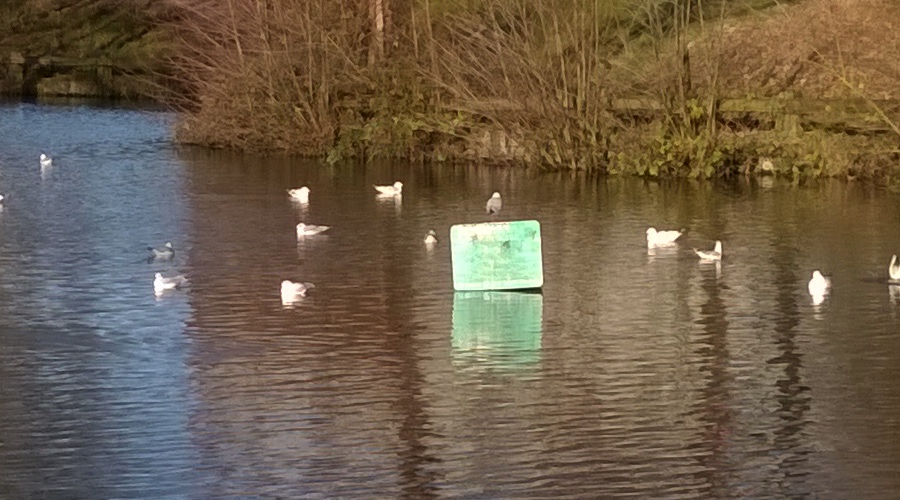

Again, the raw sensor images will have been close, but the Nokia's basic image processing algorithms come across as producing a much more natural photo, just look at the greenery behind the sign. Also, note that the 930 coped a lot better with the bright detail of the sign itself.
A firm win for the 930 over the Note 4 for this scene.
Scene links (each up to 10MB): full 16MP JPGs for the Lumia 930 and Galaxy Note 4.
Test 3: Sunny macro
Both phone cameras are great at macros, this is a leaf in the sun at around 8cm. Here’s the full scene, as shot by the Lumia 930:

And here's 1:1 detail from near the centre of the frame, using our famed interactive comparator, just wait to make sure the page has fully loaded and then use your mouse or trackpad pointer to compare the image fragments:
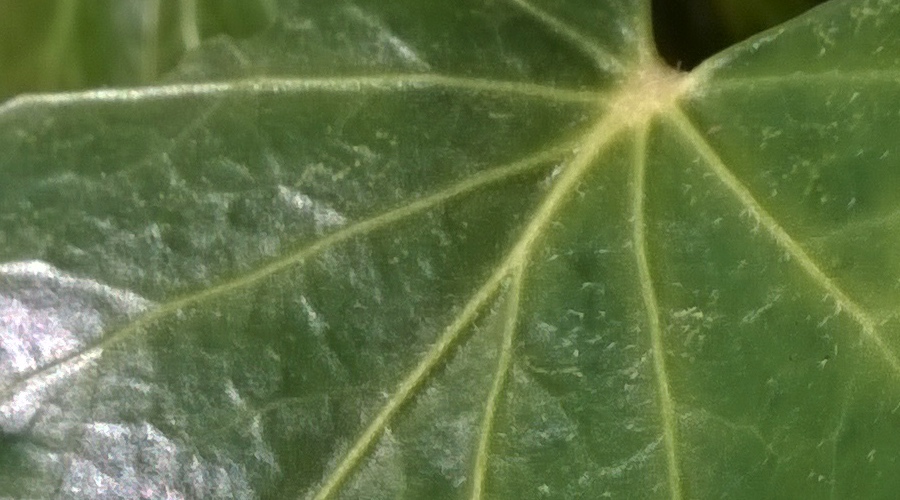
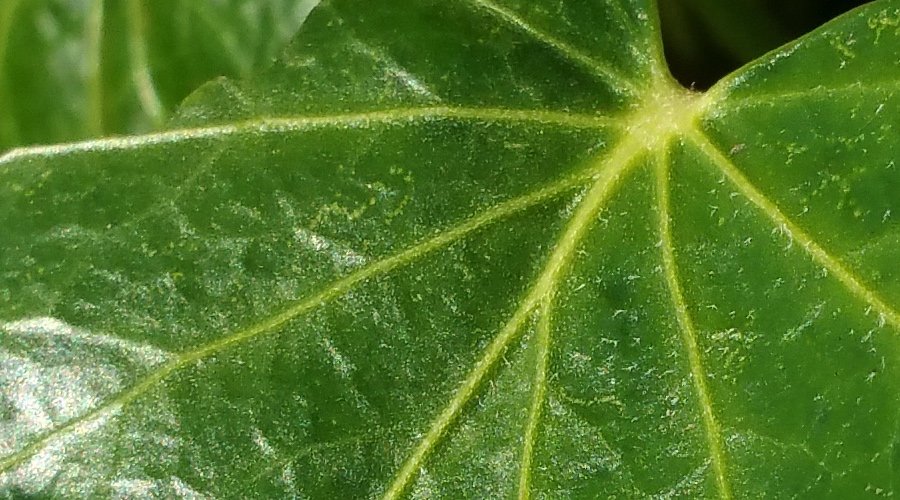
Yet again, the Nokia's basic image processing algorithms come across as producing a much more natural photo, the Note 4's 1:1 detail looks very 'computer-enhanced' - interesting, but certainly not as natural. In fairness, looking at the images in their entirety, the Note 4's colours are fine, but down at the 1:1 level you can see that things are a bit artificial.
A firm win for the 930 over the Note 4 for this scene.
Scene links (each up to 10MB): full 16MP JPGs for the Lumia 930 and Galaxy Note 4.
Test 4: Light contrast, detail
Another challenging shot to get right, with reflected light from the mass of detail on the church clock. Here’s the full scene, as shot by the Lumia 930:

And here's 1:1 detail from near the centre of the frame, using our famed interactive comparator, just wait to make sure the page has fully loaded and then use your mouse or trackpad pointer to compare the image fragments:
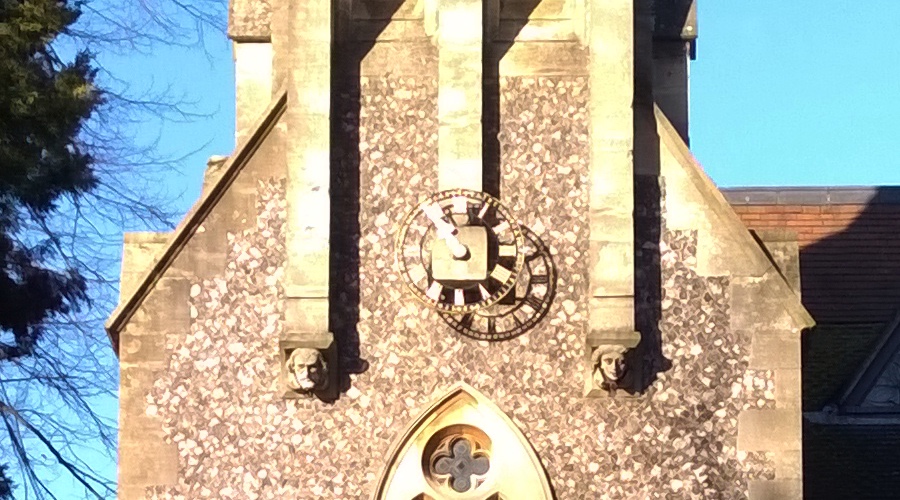
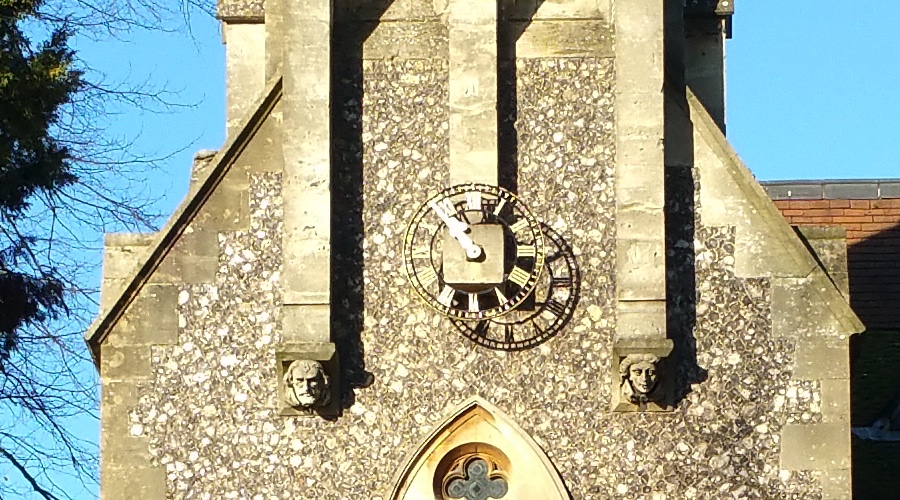
Perhaps showing how fragile good exposure can be, the Lumia 930 goes and messes up here, without enough dynamic range to cope with the brightest reflections - in contrast, the Note 4 image has good texture and almost manages to cope with the light on the clock hands.
A win for the Note 4 over the Lumia 930 overall.
Scene links (each up to 10MB): full 16MP JPGs for the Lumia 930 and Galaxy Note 4.
Test 5: Low light
Dim artificial lighting and a real test for the sensors, optics and algorithms. Here’s the full scene, as shot by the Lumia 930, I was focussing on the tops of the pots, specifically:

And here's 1:1 detail from the focussed detail, using our famed interactive comparator, just wait to make sure the page has fully loaded and then use your mouse or trackpad pointer to compare the image fragments:
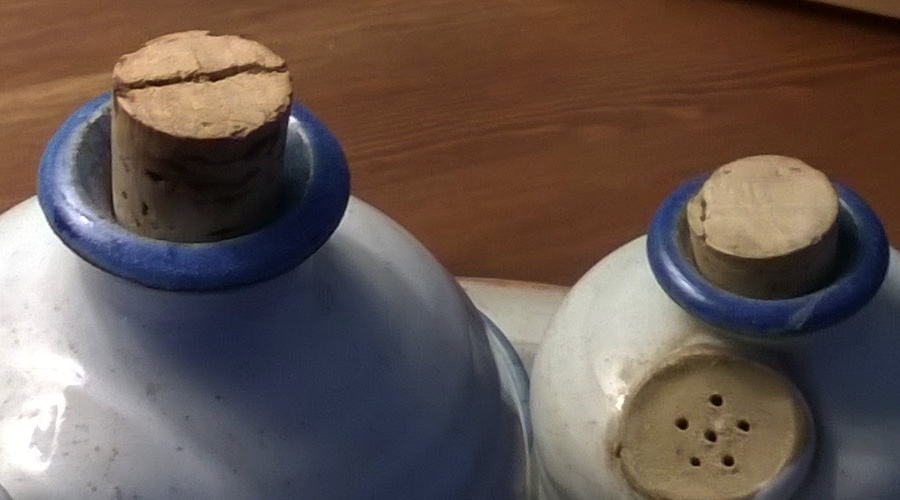
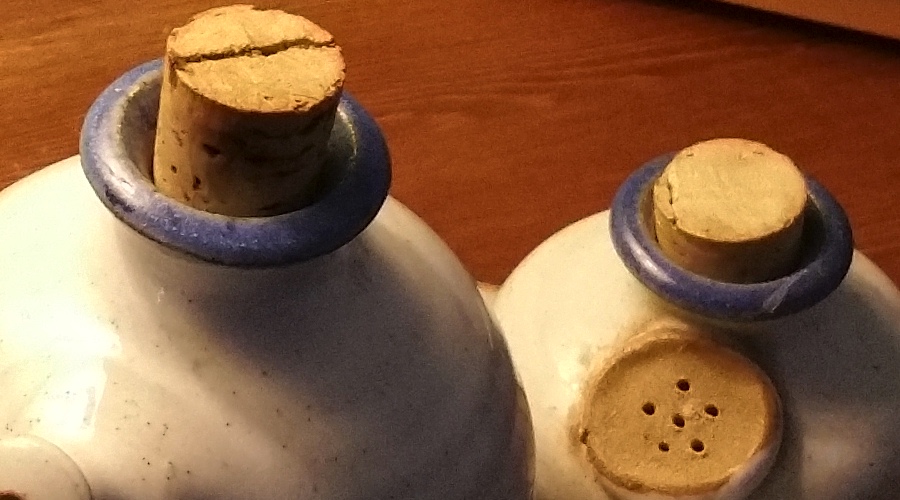
Pros and cons here for both shots - the 930's is closer to real life colours, while the Note 4's photo is more heavily saturated. The 930 has less fine texture detail, but then maybe the Note 4 has too much? The 930 shows less noise, though it loses perhaps a little detail in the process.
A score draw, I think!
Scene links (each up to 10MB): full 16MP JPGs for the Lumia 930 and Galaxy Note 4.
Test 6: Flash photo, indoor dim ambient light
The archetypal party scene, though I didn't exagerate movements or use a moving beer bottle this time, since the LED flash in each phone wouldn't have coped... Here’s the full scene, as shot by the Lumia 930:

And here's 1:1 detail from near the centre of the frame, using our famed interactive comparator, just wait to make sure the page has fully loaded and then use your mouse or trackpad pointer to compare the image fragments:
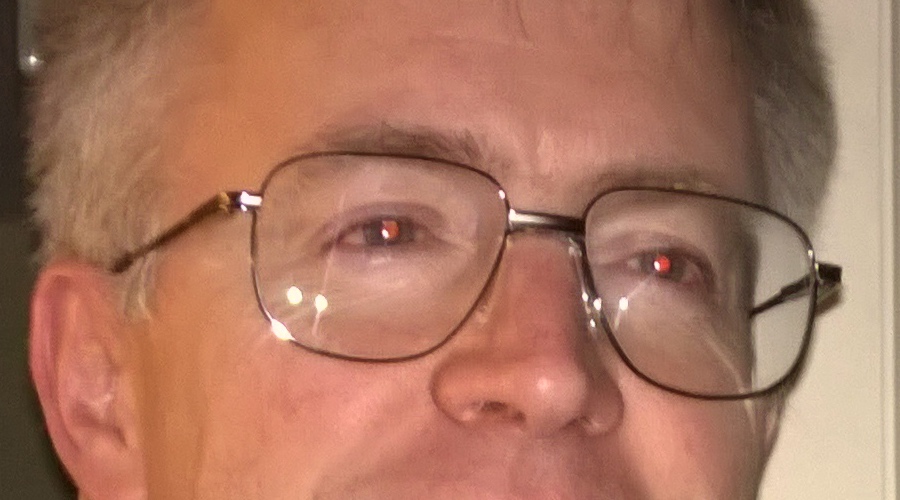
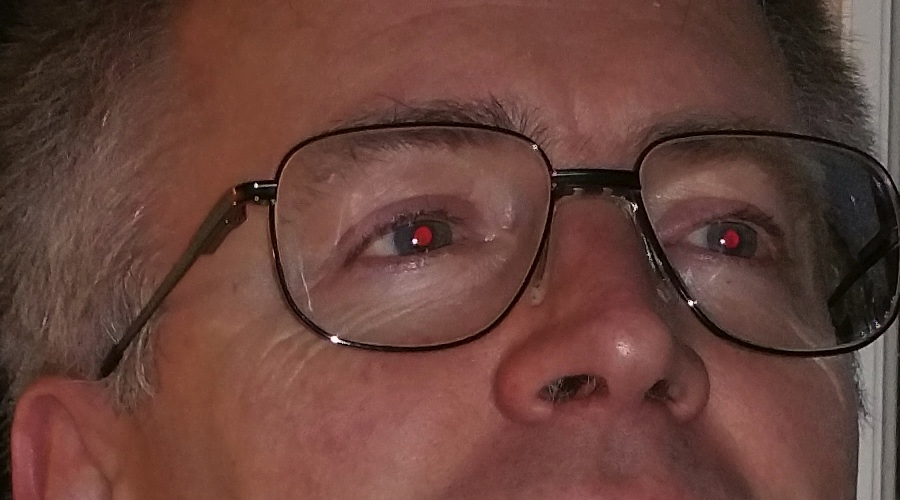
Yet again pros and cons either way - the 930 errs on the side of a longer shutter time (1/12s), perhaps because of confidence in its OIS and wanting to give proper lighting and ambience, while the Note 4 errs on the side of a faster shutter time (1/30s), producing a crisper image (no blurring on the moving main subject) but at the expense of appearing too dark. Admittedly the latter could be fixed somewhat in an editing package, so I'm going to declare this one a marginal win for the Note 4. Marginal.
[No scene links/JPGs here, I don't want everyone blowing up any more of my facial features or clothes!]
Test 7: Night time
Dead of night, effectively, just a few weedy LED street lights (newly installed in our road, I presume they save a lot of power). Here’s the full scene, as shot by the Lumia 930 (as usual, Lumias making the shot lighter than it appeared to the naked eye):

And here's 1:1 detail from near the centre of the frame, using our famed interactive comparator, just wait to make sure the page has fully loaded and then use your mouse or trackpad pointer to compare the image fragments:
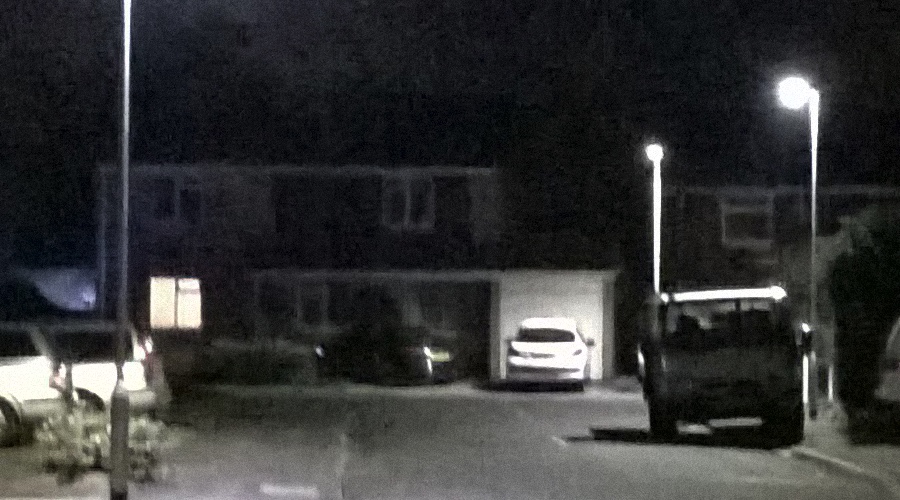
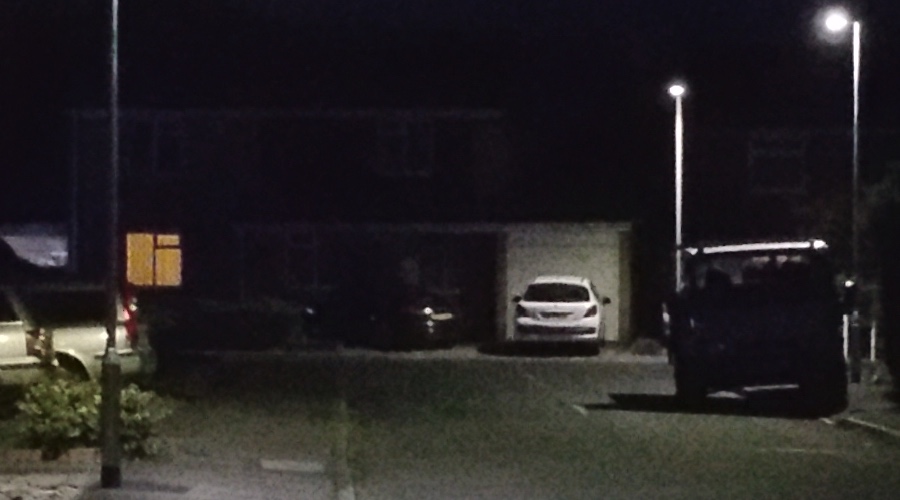
Another tough call - the 930 manages to resolve more detail in the darkness, thanks to a longer exposure, at the expense of losing a little crispness, while the Notes 4's OIS seems to work as well as Nokia's, plus the exposure manages to nail the light conditions that matched what my eye could see.
Another score draw.
Scene links (each up to 10MB): full 16MP JPGs for the Lumia 930 and Galaxy Note 4.

Verdict
I'll be accused of being biased, given that this is AAWP, but overall the Lumia 930 camera just has the edge on the Note 4's in terms of quality. Just. The 930's output above is before the default oversampling - so use the PureView output instead, which most people would do, then sharpen or adjust that if needed. Plenty you can do. While the Note 4 is terrifically high resolution but has already had lossy sharpening and enhancement applied to it.
It's salutary to note (sic) how close the competition is getting to Nokia's (now Microsoft's) flagships in imaging though. The Note 4 camera software and hardware is much faster, of course, plus there's 4K (and beyond) video capture right now, while we're still waiting for Microsoft to get the new 4K-capable Lumia Camera 5 application out the door, for the likes of the 930. When it arrives, the playing field in terms of experience will be much closer.
But on average, there's only a small difference in image quality, across all scenarios above. To achieve noticeably better image capture, you'd need a much bigger sensor and a better flash. Cue the Lumia 1020, of course, though this is now very hard to find new and its core chipset is ageing rapidly. Plus the speed of the camera interface won't get close to that in the likes of the Note 4 and under Lumia Camera 5 on the 930 (and 1520). Samsung itself shot for the stars with its K Zoom, with 10x optical mechanism and Xenon, but couldn't manage to ship a large enough sensor in it for high enough quality to rival the 1020.
So we're still waiting for the ultimate smartphone camera. Actually, that's not quite true, since we had it in the Nokia 808 PureView, two and a half years ago, but that blazingly fast 1/1.2" camera with oversampling and Xenon was massively limited in most peoples' eyes by the Symbian OS for which the custom chipset was developed. Sigh...
In the meantime, the Lumia 930 and 1520 can hold their heads high as the current smartphone camera champions, having (just) seen off the Note 4.
PS. What about versus the Xperia Z3? See here. The Apple iPhone 6+? See here!
PPS. See part 2 of this feature for a renewed comparison using just PureView oversampled output.
